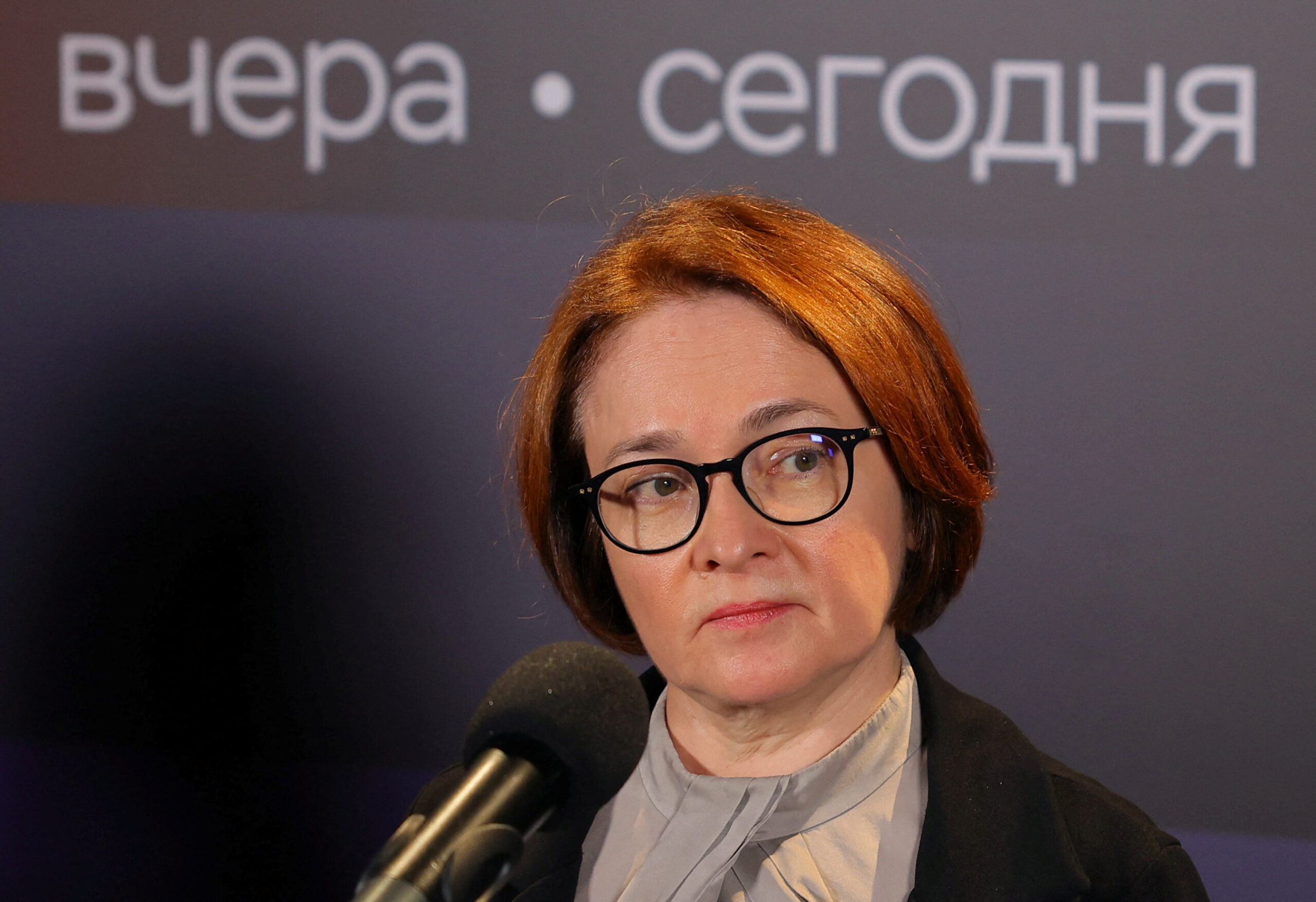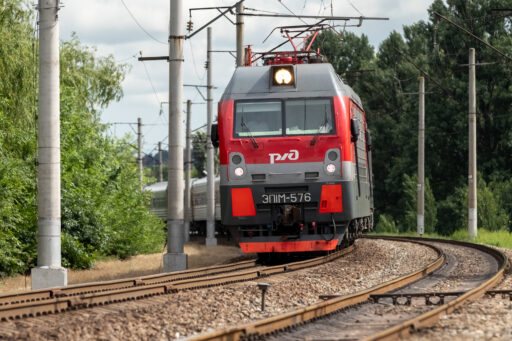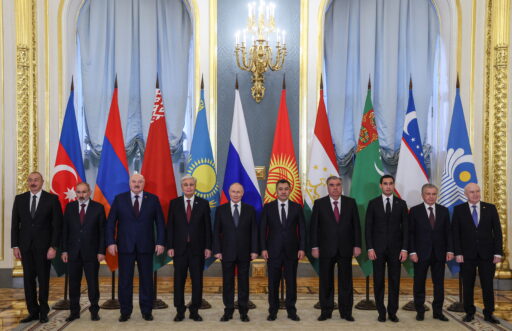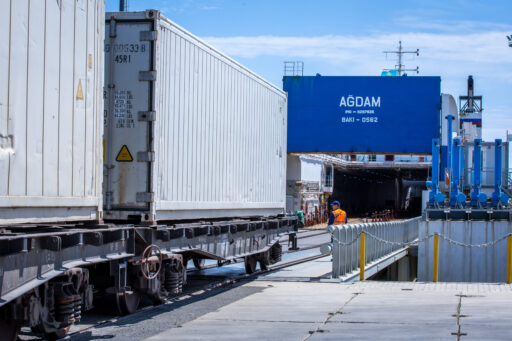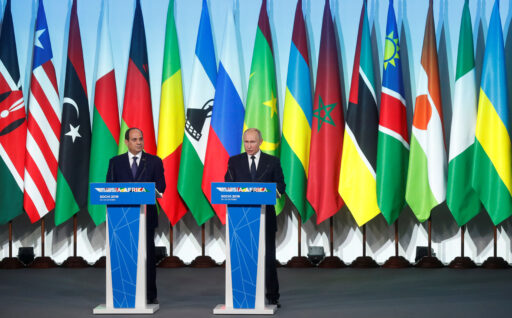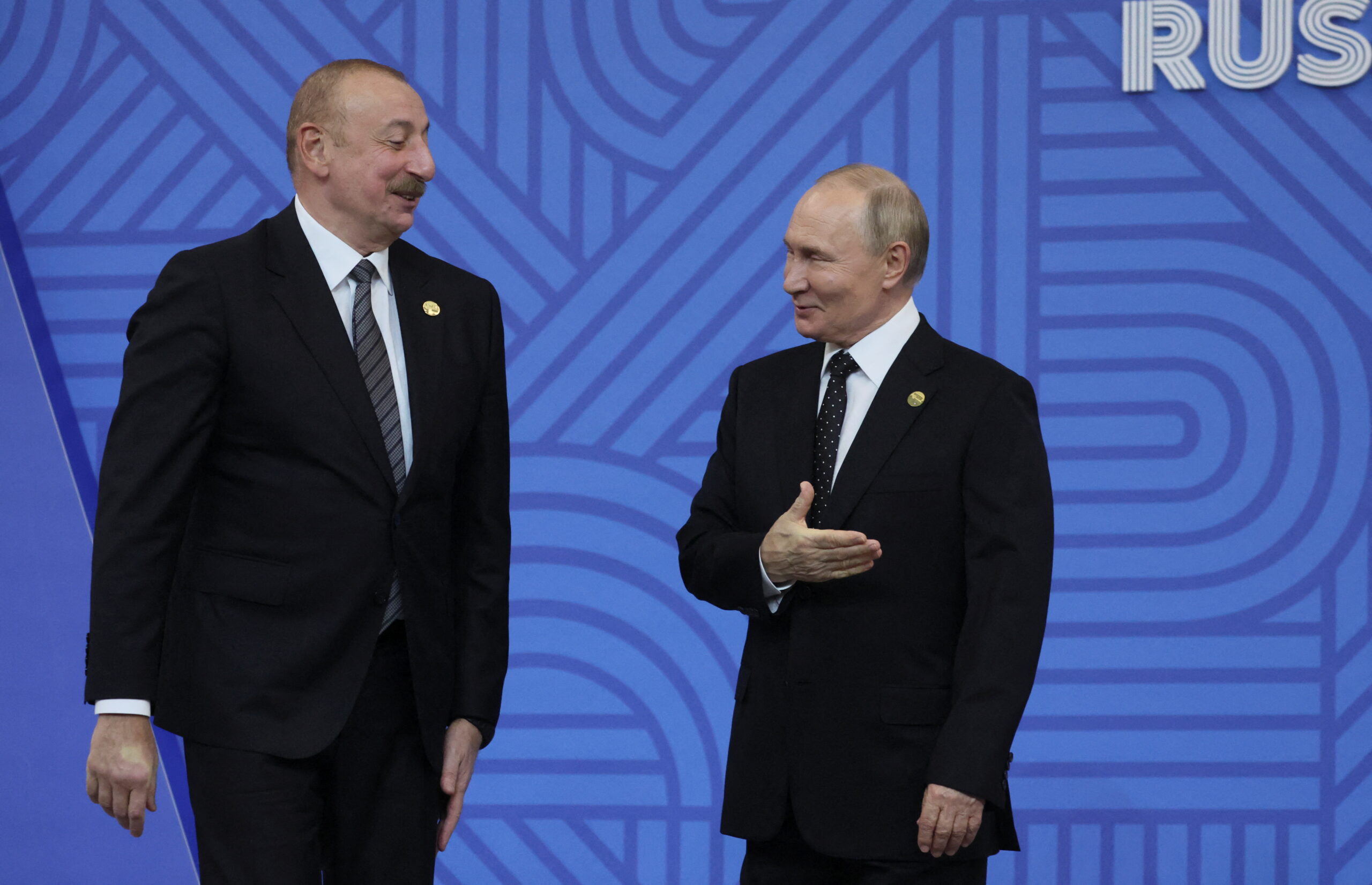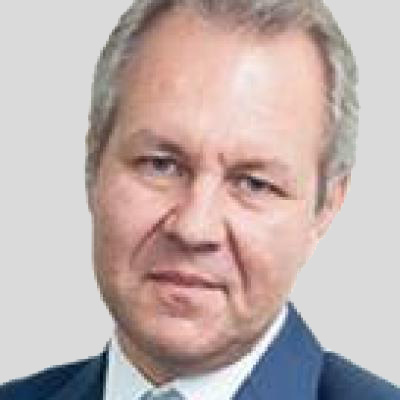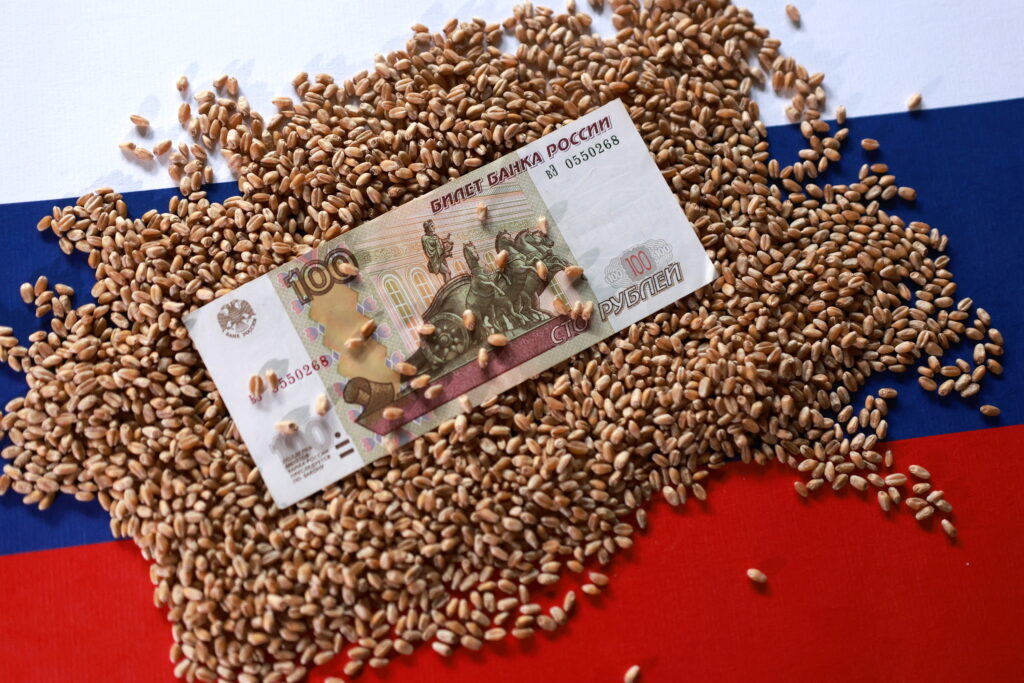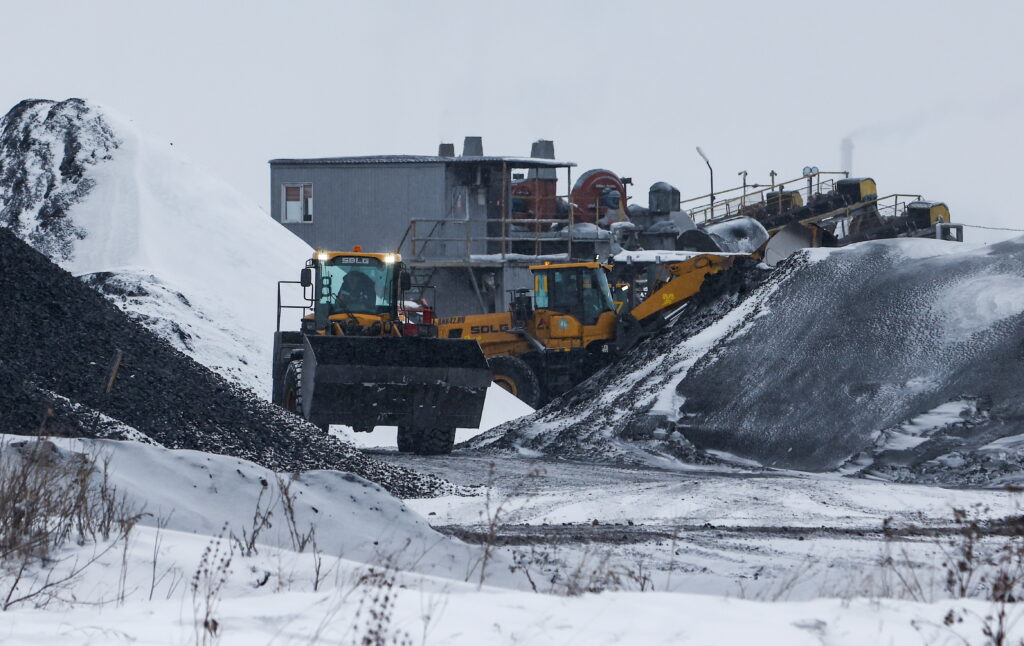Last week, as expected, the Central Bank of Russia raised its key interest rate, almost bringing it to a ten-year high. It is quite possible that this level will be reached, if not exceeded, before the end of this year. At the same time, the head of the Central Bank, Elvira Nabiullina, commenting on the interest rate decision, said that «for the first time in the last ten years, Russia is experiencing a cyclical overheating of the economy, and a long period of high interest rates is needed to cool demand.» Her announcement is notably at odds with the majority of Western experts and politicians who argue that sanctions are working and the Russian economy is recovering. These statements were taken by many as evidence that the fiscal authorities are losing control of inflation with high military spending and that the economy is on the verge of unbalancing.
How correct — and, more importantly, how timely — are the steps taken by Russia’s main bank and what could be their consequences in the coming months?
First of all, we should agree with the opinion voiced by the top management of the Central Bank of Russia that in recent years the country has indeed experienced a significant increase in demand, both from the government and the population. In the opinion of the top management of the Bank of Russia, the country has experienced a significant increase in demand in recent years, both from the government and the population. Between 2021 and 2024 budget expenditures have grown by more than 12 trillion rubles, or 7% of GDP; real income growth has resumed (last year it grew by 5.4%, and real wages — by 7.8%); capital outflow has significantly decreased (and some of the remaining capital outflow is fictitious — Russians en masse acquire credit cards from banks in the so-called «friendly countries», but some of the expenses on them are made in Russia). The Bank of Russia itself made a notable contribution to this trend, increasing the money supply by 19−22% per year in 2022−2023 (probably, in part, due to the purchase of non-existent — or rather, frozen in European jurisdictions – assets of the National Welfare Fund from the Ministry of Finance). As a result, prices rose across the board, especially in those segments that replaced the lost foreign services (e.g. hotel sector, domestic tourism, air transport). This increase in demand does not indeed look random or short-term, although the situation is not so clear.
Meanwhile, the Central Bank’s decision came at a time when a number of factors that had contributed to the overheating of the economy in recent years had been exhausted. Let us take a look at the main sources of aggregate demand growth in 2022−2024 to assess the pivotal nature of the moment.
First of all, it is the growth of military spending (cumulatively in these three years it amounted to almost 11 trillion rubles compared to the level of 2021 if it had remained unchanged), which stimulates the growth of demand of military production facilities for the products of related enterprises, as well as the growth of incomes of employees of the military-industrial complex and related industries. It is worth remembering the huge payments to contract workers and mobilized military personnel, which analysts estimate at about 3 trillion rubles since the beginning of the war. Second, it is the government programs to stimulate the demand for housing: from 2022 to 2024, about 4 trillion rubles of soft loans were issued under these programs, and buyers invested up to 1.5 trillion rubles of their own funds in the sector. Third, it is the growth of wages in the market sector, where entrepreneurs must either compete with military production for qualified cadres or respond to the shortage of Russian labor due to emigration and the ban on remote employment, as well as to the reduced inflow of foreign workers. Fourth, we can also mention the notorious import substitution, though not so much in industry as in the service sector (here we can recall domestic tourism, catering, entertainment, and transportation, which have recently boomed according to both Russian and Western experts).
Each of these factors peaked — in all cases unrelated to the efforts of the Bank of Russia — in the summer of 2024.
On July 1, the government halted its housing mortgage subsidy program, and this decision, announced in advance, triggered a buying frenzy for both housing and renovation products (the first half of 2024 saw a record number of loans issued for such a period, and in June alone, the volume of loans issued was 80% of the amount of loans issued for the whole of 2021). Winding down this program is in itself a significant tool to reduce aggregate demand — and more effective than raising the rate by 200 basis points. The construction sector has already appreciated this (no records of housing delivery are expected in 2024), and the market is waiting for a decline in residential real estate prices, which have risen by 60−110% in major cities as an outcome of mortgage subsidy program. In this sector, the overheating — which is not quite cyclical and not quite organic — has almost been overcome (this may have a domino effect: this sector consumes eight times more steel and ferrous metals than the Russian heavy industry).
There are also some signs of moderation in the financing of the military-industrial complex and the government’s military efforts in general. The draft three-year budget does not envisage any increase in «defense» spending in 2025 and 2026, and the standard allowance for contractors, set at about 200,000 rubles per month (approximately 2,000 euro) in 2022, will not be revised. So far, there are only reports of an increase in the lump-sum bonus at the conclusion of a contract (up to 1 million rubles in Krasnodar Krai, 1.8 million in St. Petersburg and 1.9 million in Moscow), but this mainly concerns those regions that supply a small proportion of soldiers to the front. Meanwhile, the emergence of the «new rich» and the hope that they will accelerate economic growth were recorded only when payments to contractors were not only high, but were steadily growing -although mainly due to an increase in the number of recruits — which is not the case anymore, since the number of draftees is currently not increasing.
The rapid growth of real wages, which peaked in the first half of 2024 (when Rosstat reported a 12.9% real year-on-year increase), may also be slowing down, at least, in the IT sector, there are already reports that the increase in offered salaries is no longer outpacing inflation, which is the segment that has been leading the market lately. The official forecast of real wage growth for 2024 is now 6.5%, which is significantly lower than last year’s figure (even if the forecast turns out to be wrong, we should not expect a new record) — therefore, if not by the end of this year, then by 2025 the «wage pressure» on the consumer market may decrease. An additional factor here is the increase in personal income tax for high-income groups of citizens, which will be introduced in 2025 and which will additionally slow down, and in some cases even halt, the growth of disposable income (while budget expenditures, which may increase as a result of the reform, will reach the economy with a certain delay.
The same applies to small and medium-sized businesses: in 2022−2023, on the wave of import substitution and boom in the service sector, this sector was doing so well that there were cases of highly paid employees moving from salaried positions to free-lance and self-employed jobs. However, the rise in prices for services was so significant (in the hotel sector, for example, it was two to three times higher than the official inflation rate) that the summer of 2024 may not be repeated: people will simply not be able to pay the prices demanded by small businesses under conditions of slowing wage growth and tightening credit conditions. This trend will reduce the demand for related products, services of allied companies and the hiring of seasonal workers (especially since the outflow of foreign workers will force to improve the efficiency of production, rather than relying on an almost unlimited supply of cheap labor).
All this creates the feeling of a strange fork in the road. One option for the future course of events is the pessimistic scenario drawn by the Central Bank of Russia. According to its analysts, the country is bound to see a «collapse» of imports, a sharp slowdown in economic growth, as well as stagnation of real wages and investment activity (frankly speaking, it is rather strange to see such a forecast against the background of an interest rate hike: if the threat of a slowdown is real, 16% per annum may seem more than enough). For this scenario to materialize, it will be necessary to maintain a tight credit policy in the context of additional measures to reduce public demand (such as demobilization or reduction of the state defense order, which so far seems unrealistic). The other option is a very moderate slowdown: with a reduction in GDP growth from 4.1−4.3% in 2024 to 2.2- 2.3% in 2025, with a not too radical increase in budget spending (on average by 8−12%, which is more or less the inflation rate) and a reduction in the growth rate of real wages to 3−3.5% (and real incomes to 2%). Any of these scenarios will allow the monetary authorities to move to a rate cut in the spring of 2025 — probably after another rate hike this year. I do not foresee any catastrophic events on the currency market: in the coming months the adaptation to the new mechanism of exchange rate formation will be completed, and foreign trade settlements, which are now seriously «sluggish», will gradually move into the «black zone» using crypto-currencies and direct settlements.
In other words, the Russian economy, which had grown unnaturally fast in recent years on the back of a multi-channel — but mainly government-initiated — cash injection, has used up its positive effect by mid-2024. Growth has been based primarily on underutilized capacity, with investments concentrated either in the defense and infrastructure sectors or in small and medium-sized enterprises, where their effects were promptly felt. To make the process more sustainable, the government should have kept interest rates relatively low and chosen continued growth over fighting inflation. This choice undoubtedly carried significant risks, but it was possible because the limits to growth had not been reached. The Central Bank’s decision to resist accelerating inflation at all costs could end the warlike growth of the Russian economy as early as 2025. This would by no means be a catastrophe, but it could be the point at which the Russian population begins to grow tired of the economic consequences of the war, since it is clear that so far it is only perceived as a threat to their wellbeing by an obvious minority of Russians. Whether the Central Bank of Russia will be responsible for the slowdown next year depends on how flexible its monetary policy is and whether it can help keep the Russian economy from sinking as it is bobbing on the waves caused by war, sanctions and demand growth.
